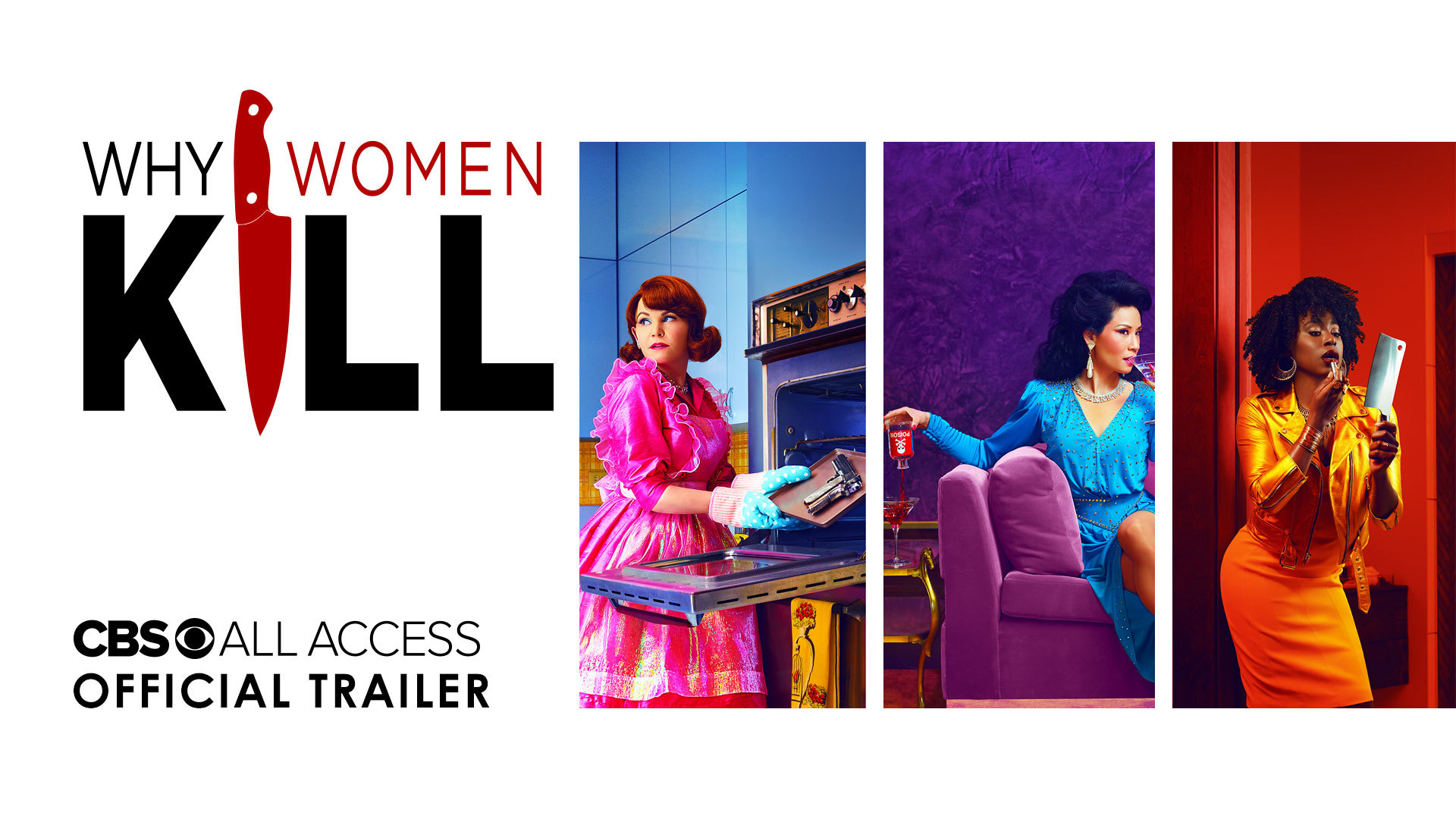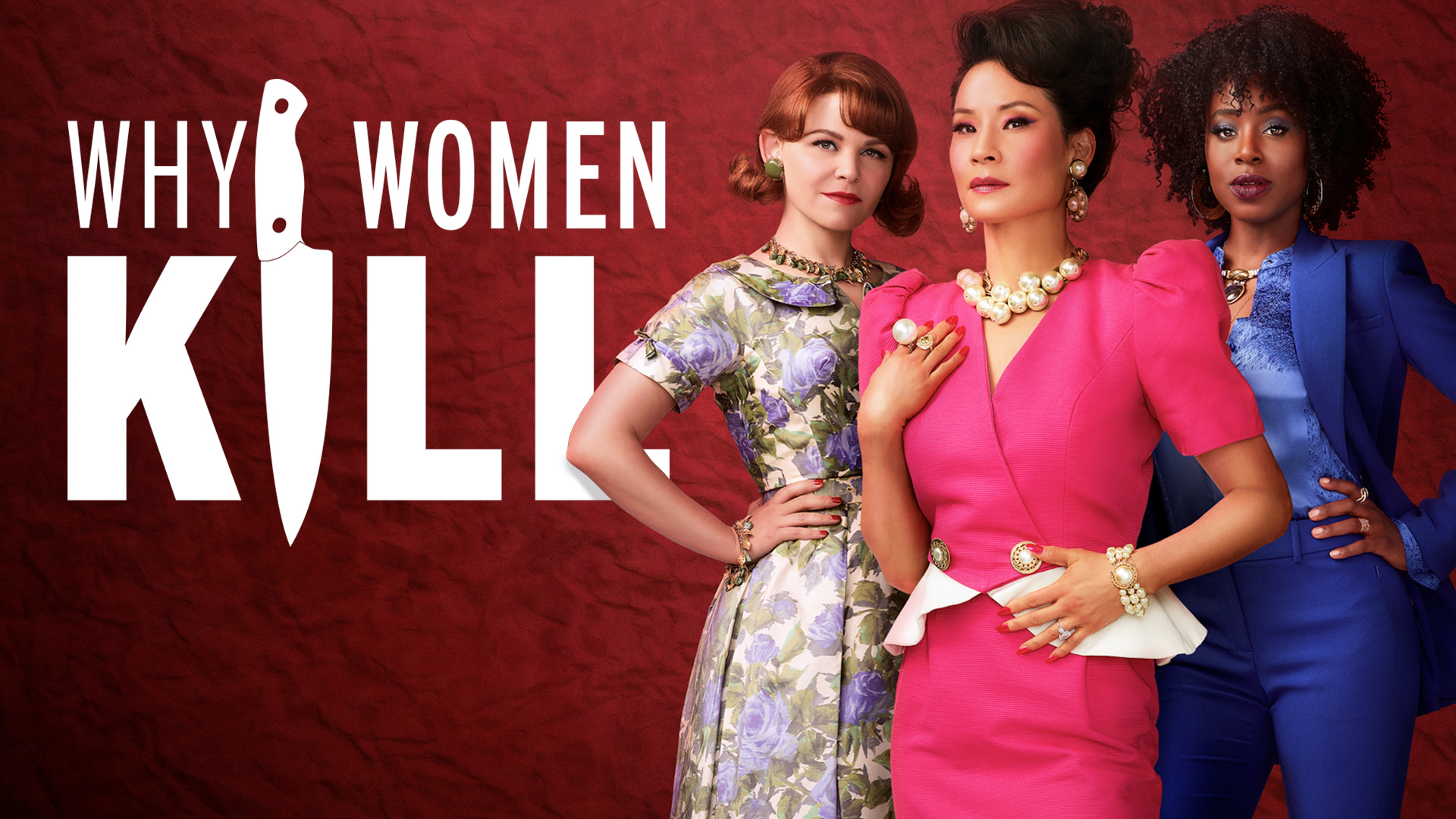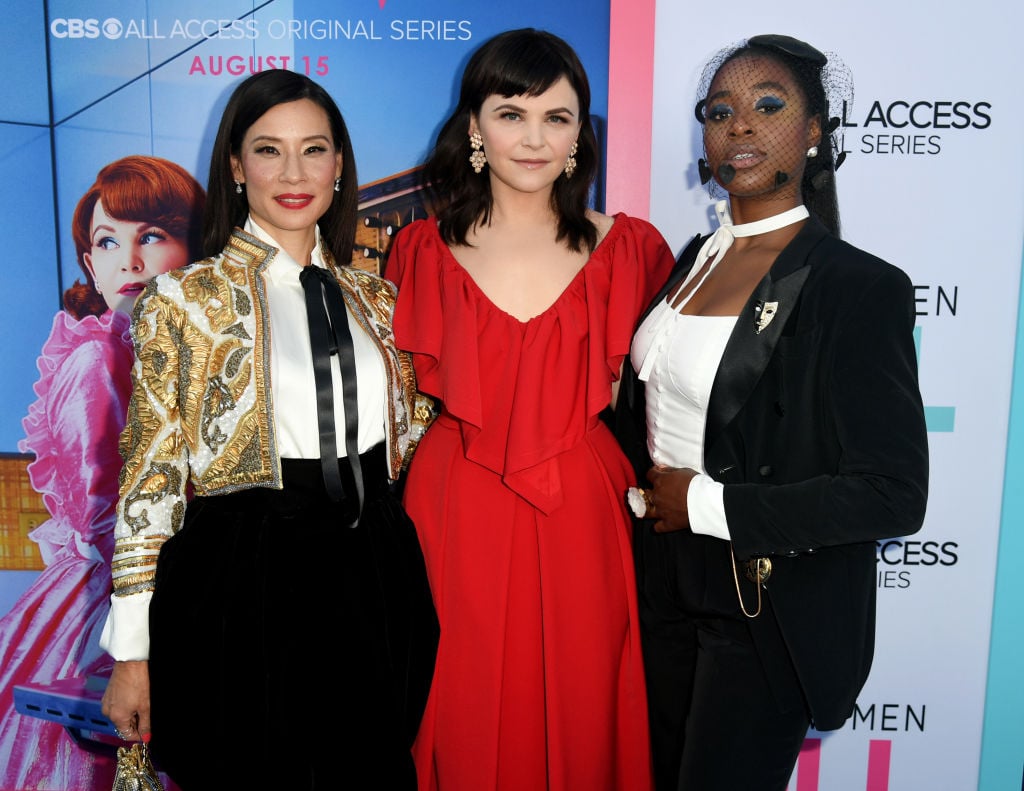Why Girls Kill: A Crucial Examination of its Reception and Legacy
Associated Articles: Why Girls Kill: A Crucial Examination of its Reception and Legacy
Introduction
With enthusiasm, let’s navigate by means of the intriguing subject associated to Why Girls Kill: A Crucial Examination of its Reception and Legacy. Let’s weave fascinating info and provide contemporary views to the readers.
Desk of Content material
Why Girls Kill: A Crucial Examination of its Reception and Legacy

"Why Girls Kill," a darkly comedic anthology sequence, captivated audiences with its trendy presentation and intriguing premise: exploring the lives of ladies from completely different eras who commit homicide. Whereas lauded for its aesthetic enchantment and powerful performances, the present’s reception was removed from universally optimistic, prompting a essential examination of its strengths and weaknesses, and sparking conversations about its portrayal of violence, feminism, and the complexities of feminine company. This text delves into the explanations behind the combined evaluations, exploring the components that contributed to each its acclaim and its criticisms.
One of many main causes for the present’s divisive reception lies in its dealing with of its central theme: feminine violence. Whereas the sequence ostensibly empowers ladies by showcasing their capability for company and rebel in opposition to patriarchal constraints, its execution typically fell brief. The present’s reliance on stereotypical portrayals of "sad housewives" and their subsequent violent acts, whereas entertaining, typically bordered on caricature. The ladies, whereas introduced as victims of societal pressures, have been additionally introduced as perpetrators of violence, blurring the traces between justifiable self-defense and morally questionable acts. This ambiguity, whereas arguably reflective of the complexities of human nature, left some viewers feeling uncomfortable and questioning the present’s general message. Did it actually have a good time feminine empowerment, or did it merely exploit the trope of the "loopy housewife" for shock worth?
The anthology format, whereas supposed to supply contemporary views every season, additionally contributed to the combined evaluations. Whereas the primary season, set in 1963, resonated with many viewers because of its sharp wit and compelling characters, subsequent seasons struggled to copy its success. The shift in setting and narrative focus, whereas making an attempt to broaden the scope of the present, typically felt disjointed and lacked the cohesive thematic consistency of the inaugural season. The completely different timelines and characters, whereas individually fascinating, didn’t construct upon the preliminary premise in a significant manner, leaving some viewers feeling that the later seasons diluted the present’s authentic affect. The dearth of a transparent overarching narrative throughout seasons led to a way of fragmentation, stopping the present from establishing a robust, constant identification past its trendy presentation.
Moreover, the present’s portrayal of violence, whereas typically stylized and darkly comedic, was criticized for its potential to trivialize critical points. The comedic components, whereas supposed to lighten the tone and supply a satirical lens by means of which to look at the societal pressures confronted by ladies, typically clashed jarringly with the graphic depictions of violence. This tonal inconsistency left viewers feeling confused and unsure concerning the present’s intentions. Was it a darkish comedy, a social commentary, or just a sensationalized drama? The dearth of a transparent reply to this query contributed to the combined reception, with some viewers discovering the juxtaposition of humor and violence unsettling and finally unsatisfying.
One other side that impacted the present’s reception was its character growth. Whereas the main women have been portrayed with nuance and depth by gifted actresses, the supporting characters typically felt underdeveloped and served primarily as plot units. This imbalance in character growth created a way of unevenness within the narrative, distracting from the central themes and impacting the general viewing expertise. The give attention to the ladies’s inner struggles and their motivations for committing homicide was typically overshadowed by the sensationalism of the crimes themselves, resulting in a way of superficiality. A deeper exploration of the societal components contributing to their actions might have elevated the present past its reliance on shock worth.
The present’s reliance on acquainted tropes additionally contributed to its combined reception. Whereas the present tried to subvert sure expectations related to the "sad housewife" archetype, it finally fell again on acquainted clichés, reinforcing quite than difficult ingrained societal biases. The repetitive nature of the storylines, with every season that includes a girl pushed to violence by comparable circumstances, left some viewers feeling that the present lacked originality and depth. The dearth of modern storytelling hindered the present’s capacity to resonate with a wider viewers past these already aware of the tropes it employed.
Lastly, the advertising and marketing and promotion of the present performed a big position in shaping viewers expectations. The emphasis on the "surprising" and "scandalous" elements of the present, whereas efficient in producing preliminary curiosity, finally set unrealistic expectations for the narrative’s depth and complexity. The advertising and marketing marketing campaign centered closely on the violence and the dramatic twists, overshadowing the present’s extra refined makes an attempt at social commentary. This mismatch between advertising and marketing and content material contributed to a way of disappointment amongst viewers who anticipated a extra nuanced and complex exploration of feminine company and societal pressures.
In conclusion, "Why Girls Kill" is a posh and multifaceted present whose reception displays the inherent ambiguities of its themes and execution. Whereas its trendy presentation and powerful performances undoubtedly contributed to its preliminary success, its reliance on stereotypes, tonal inconsistencies, underdeveloped characters, and predictable storylines finally hindered its capacity to attain widespread essential acclaim. The present’s exploration of feminine violence, whereas daring, was typically hampered by its personal inner contradictions, leaving viewers questioning its general message and its contribution to the continued dialog about feminine empowerment and the complexities of human nature. Finally, "Why Girls Kill" serves as a cautionary story concerning the challenges of balancing leisure worth with significant social commentary, highlighting the significance of cautious execution and nuanced storytelling in tackling delicate and complicated themes. Whereas it could not have achieved the essential consensus it aspired to, its legacy lies in its try, nevertheless flawed, to interact with the multifaceted experiences of ladies and the societal pressures that form their lives.








Closure
Thus, we hope this text has offered useful insights into Why Girls Kill: A Crucial Examination of its Reception and Legacy. We hope you discover this text informative and useful. See you in our subsequent article!

